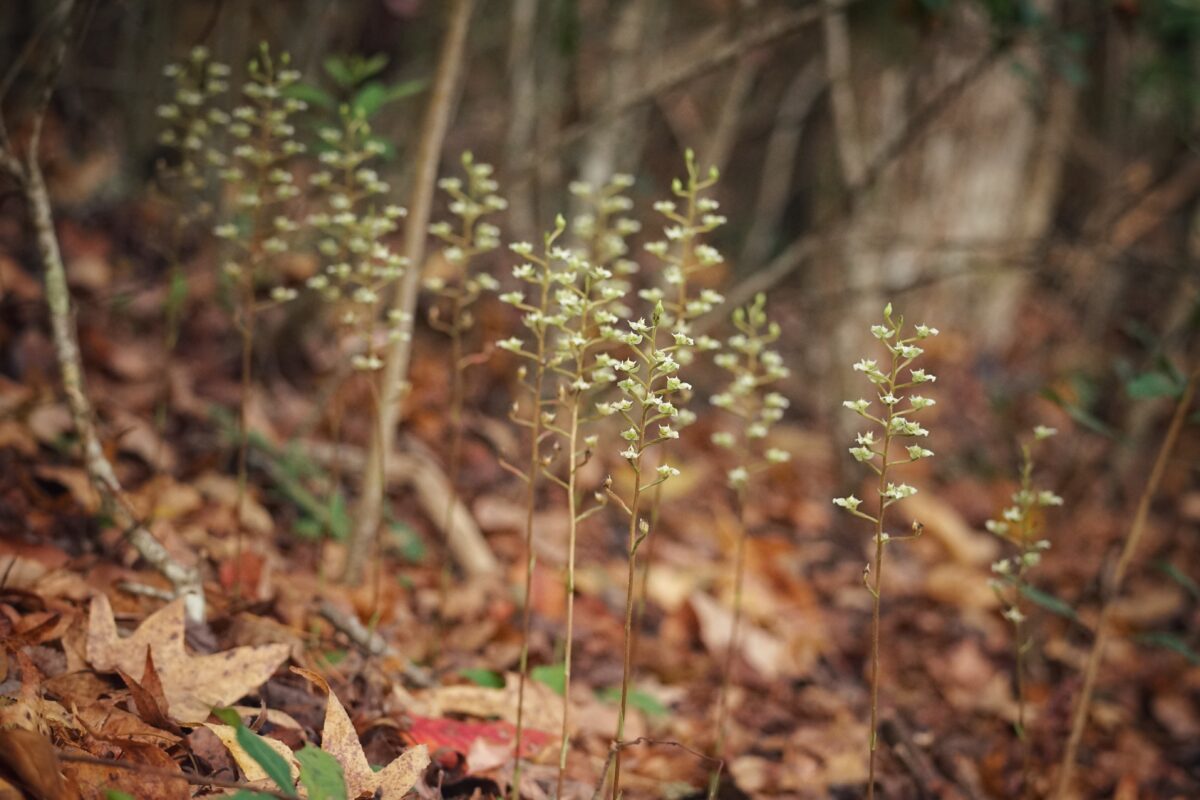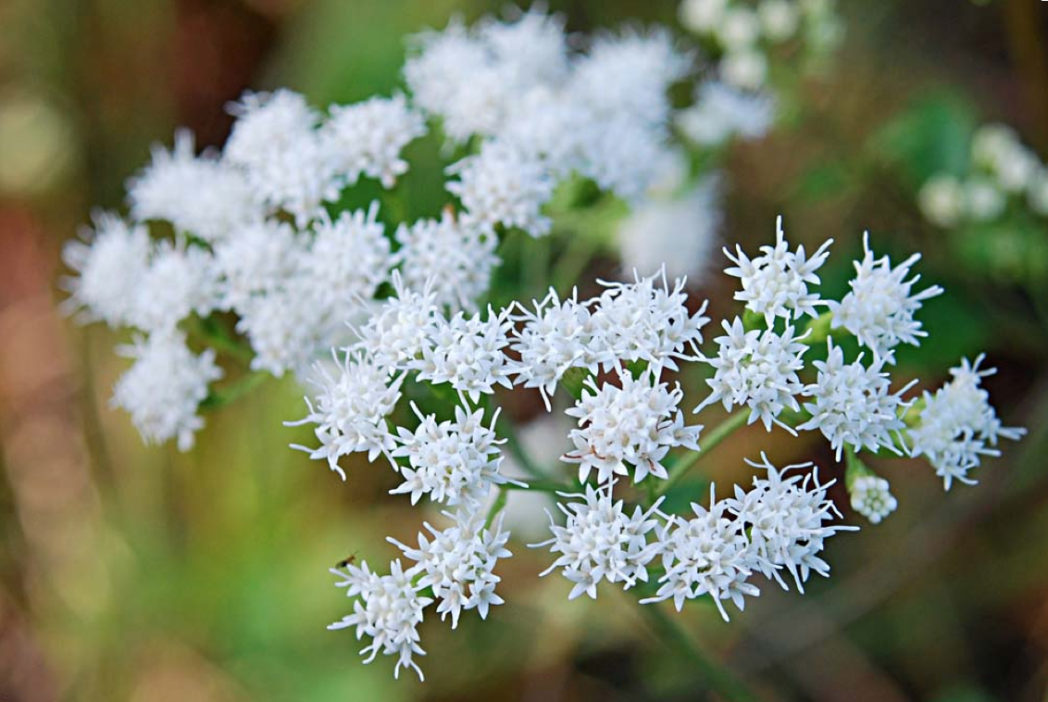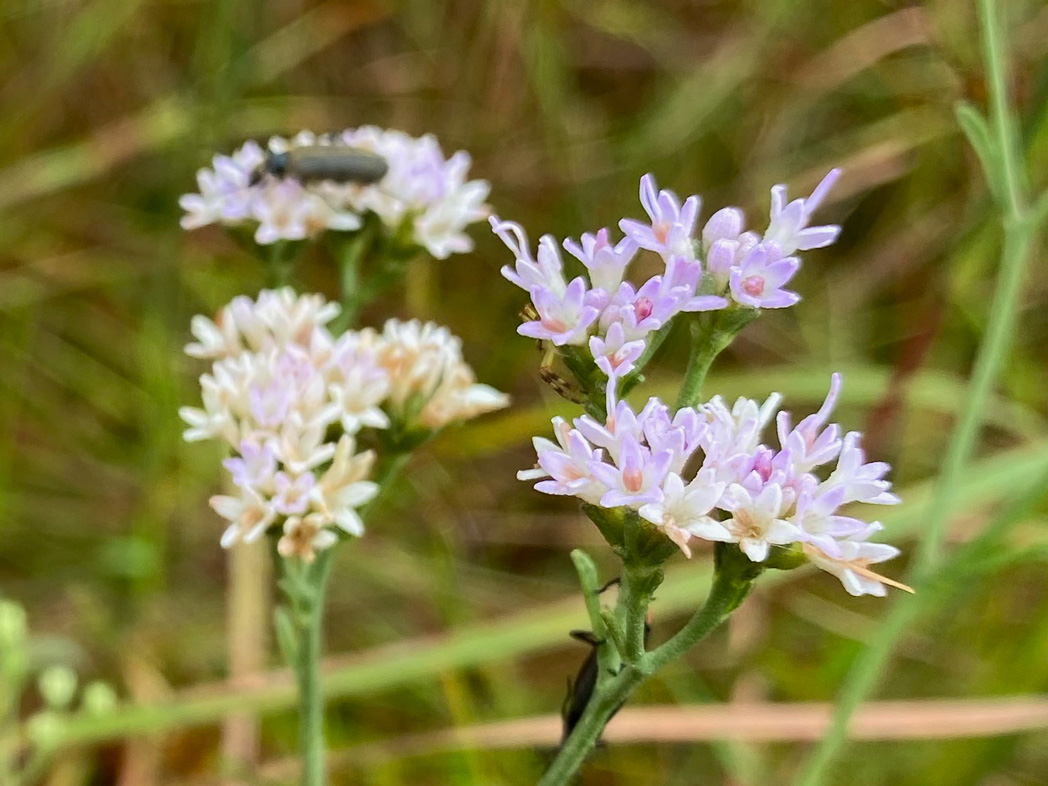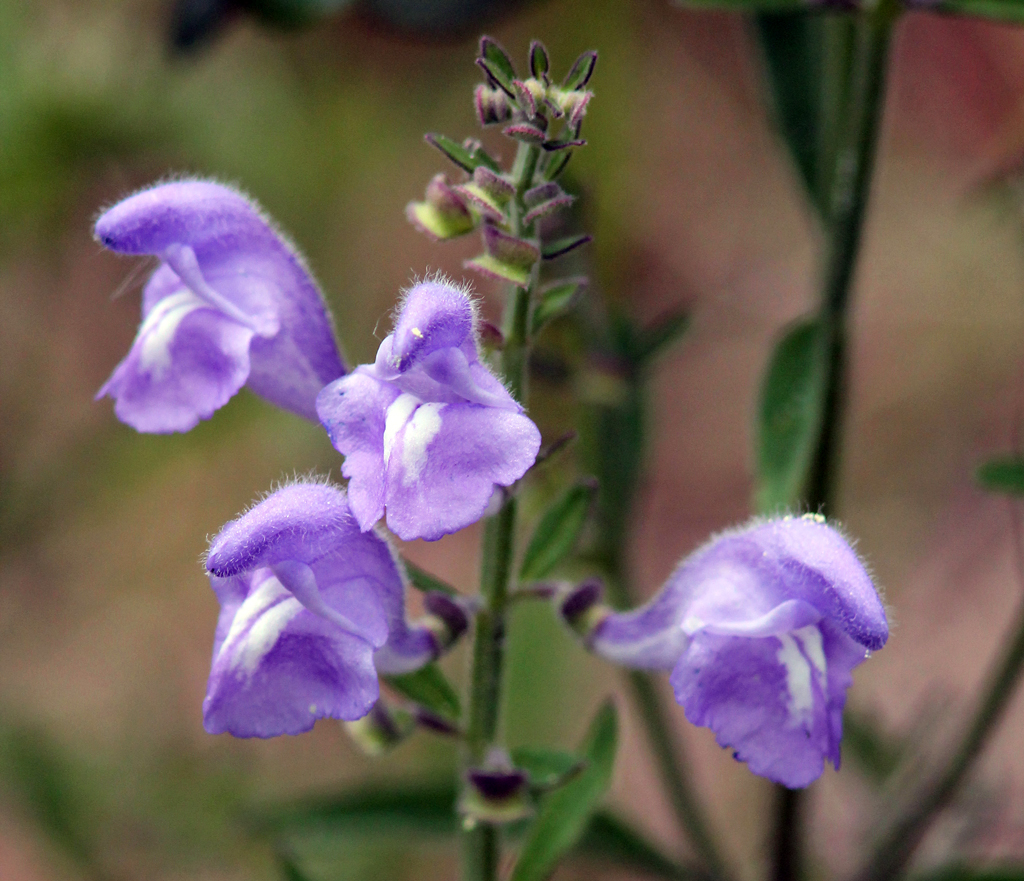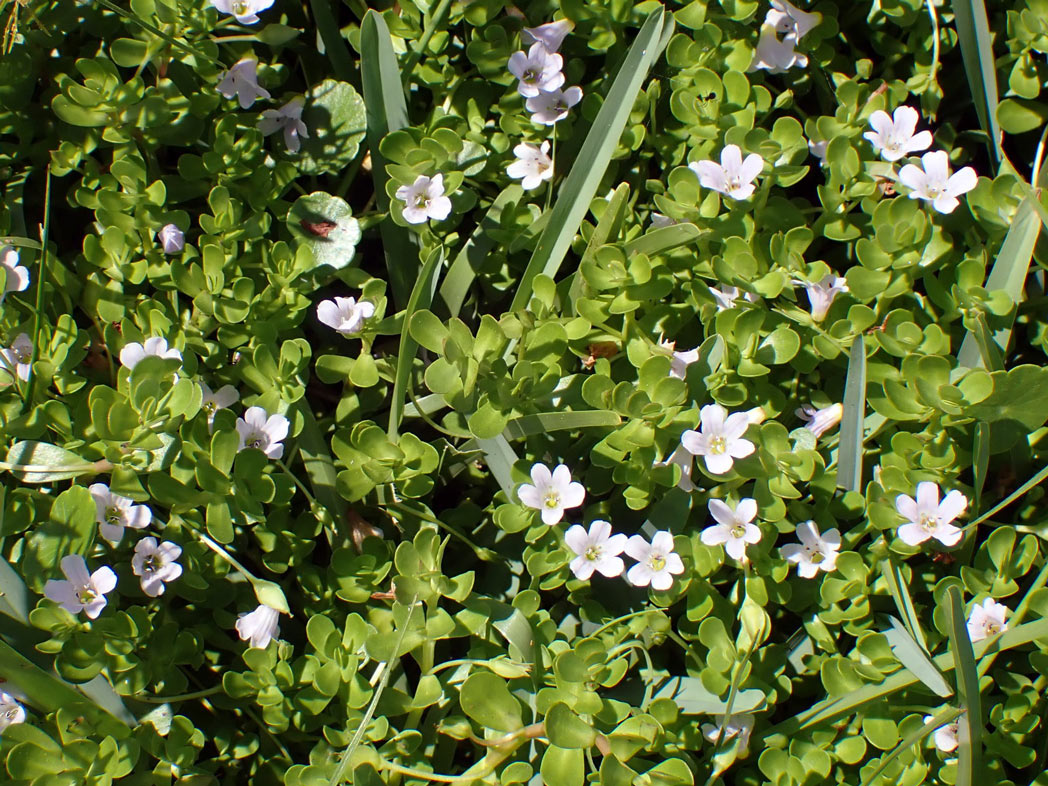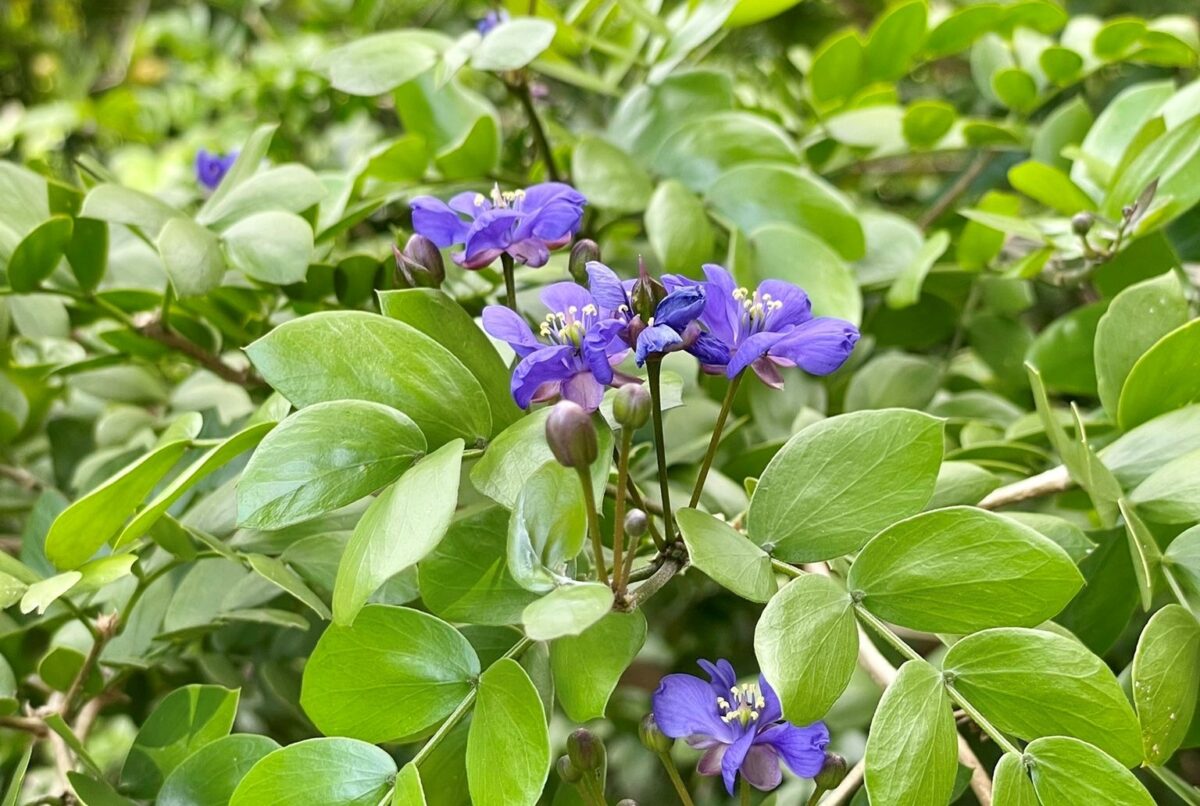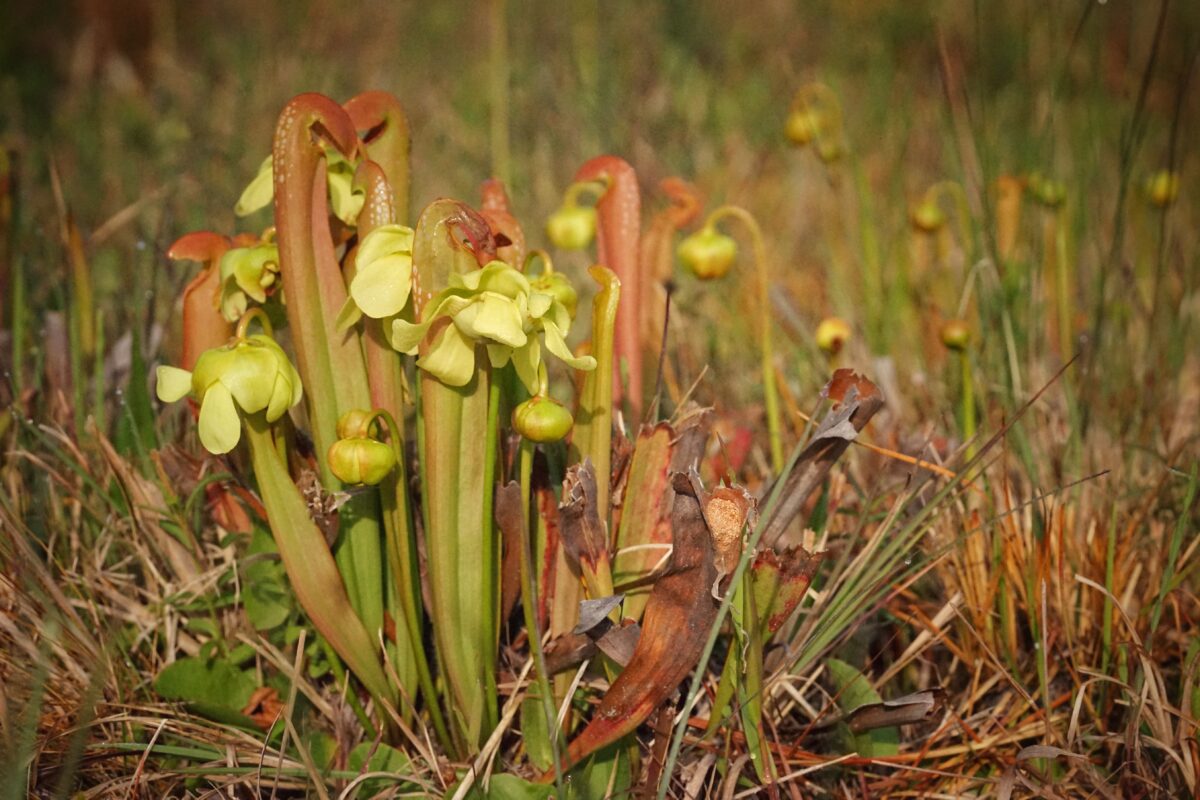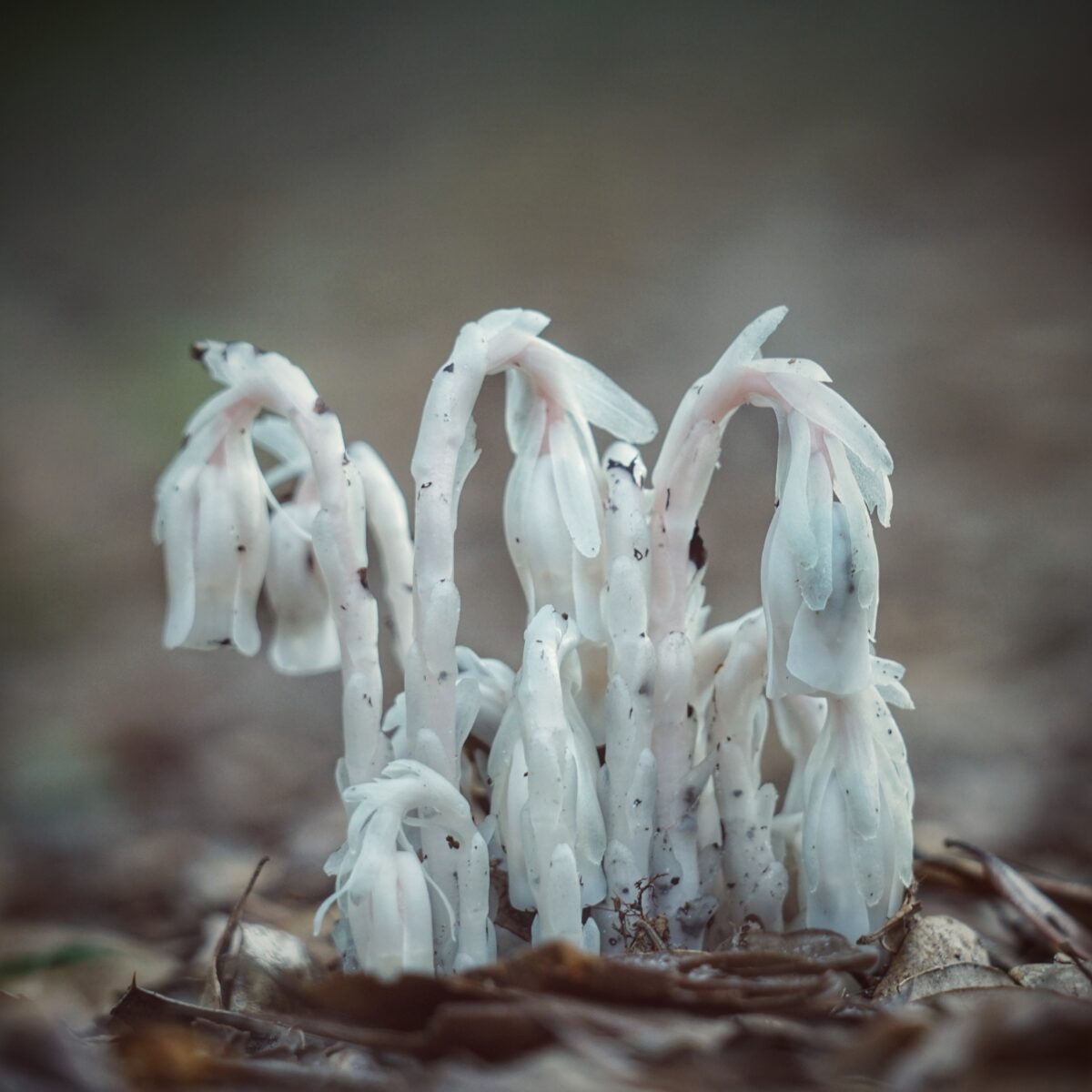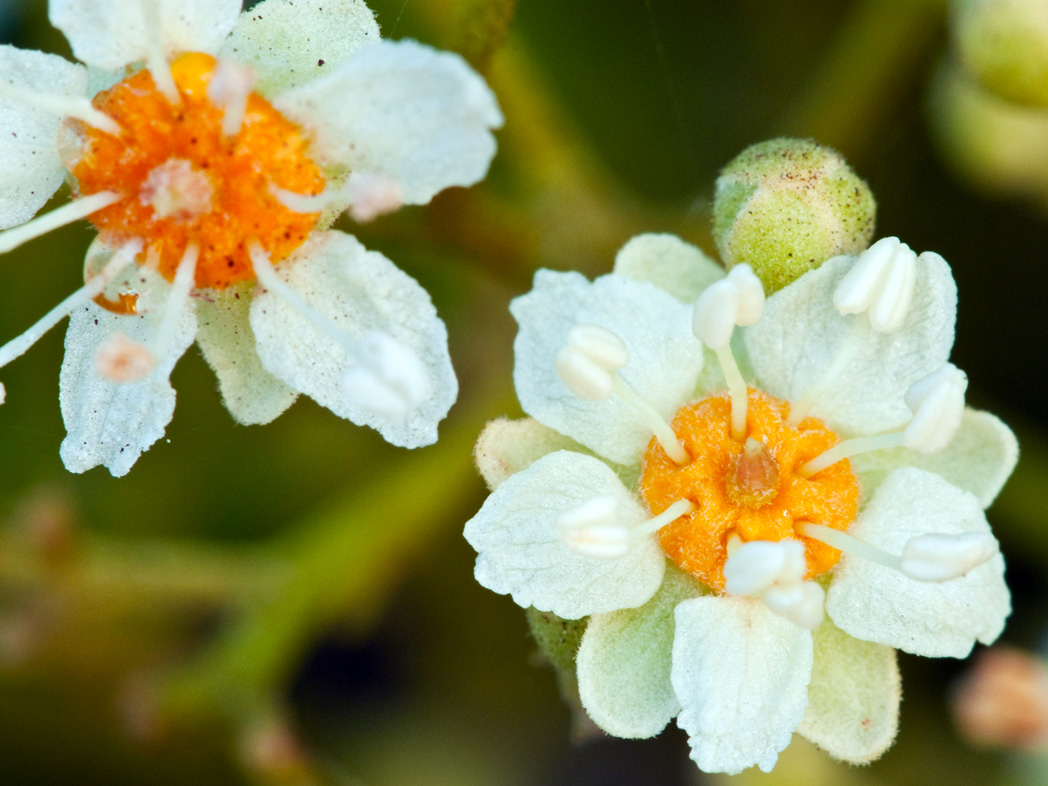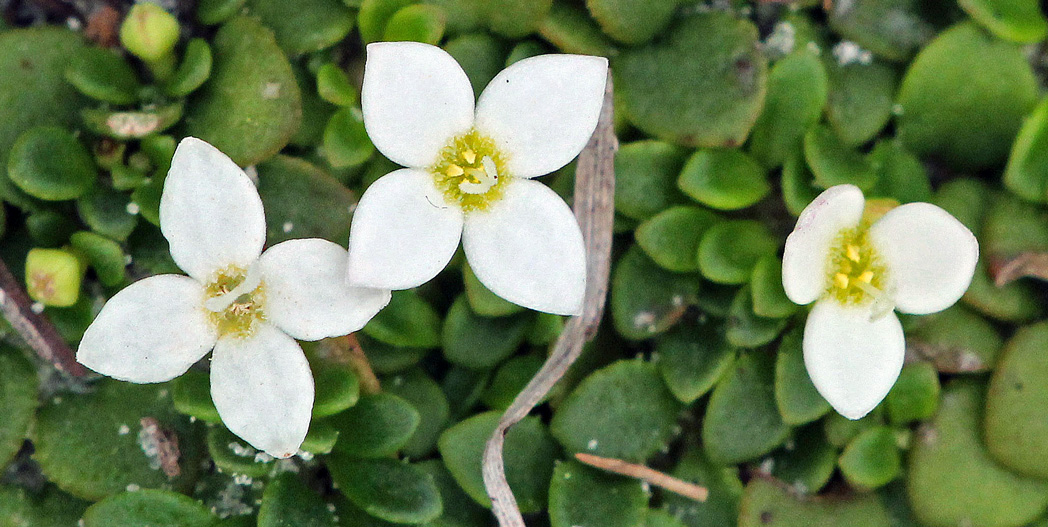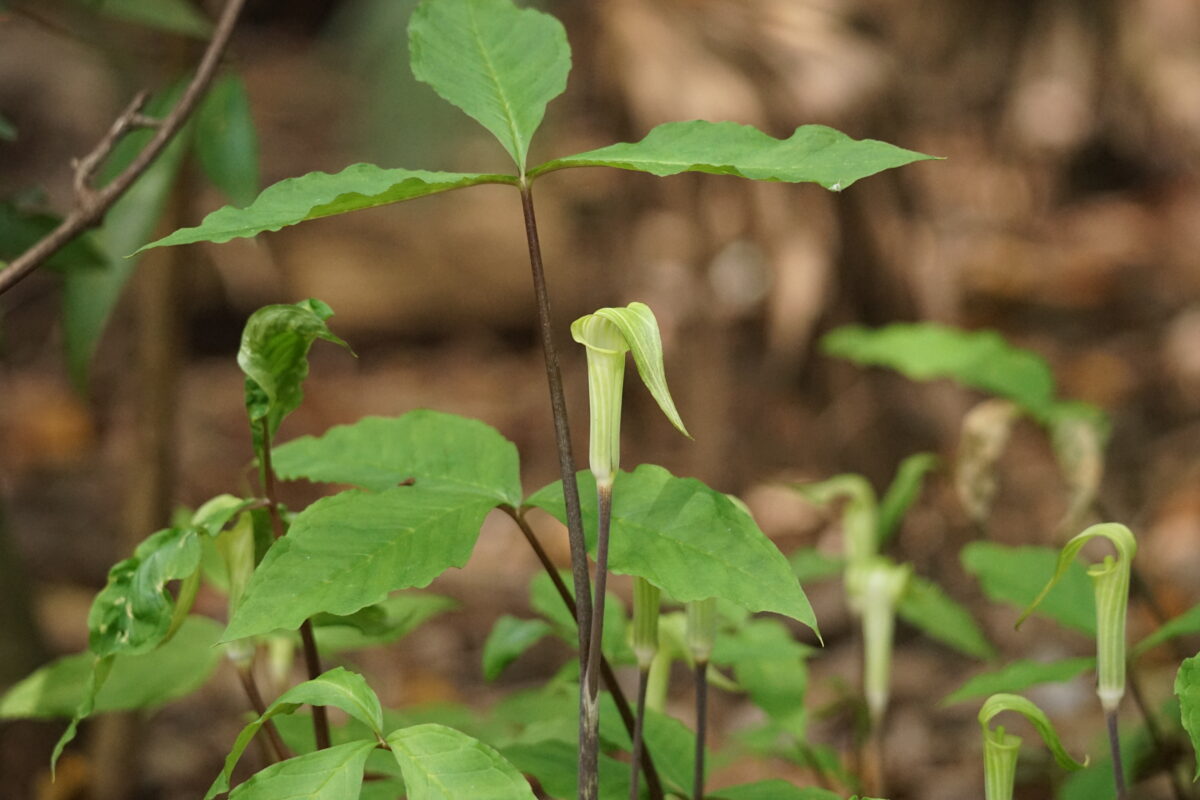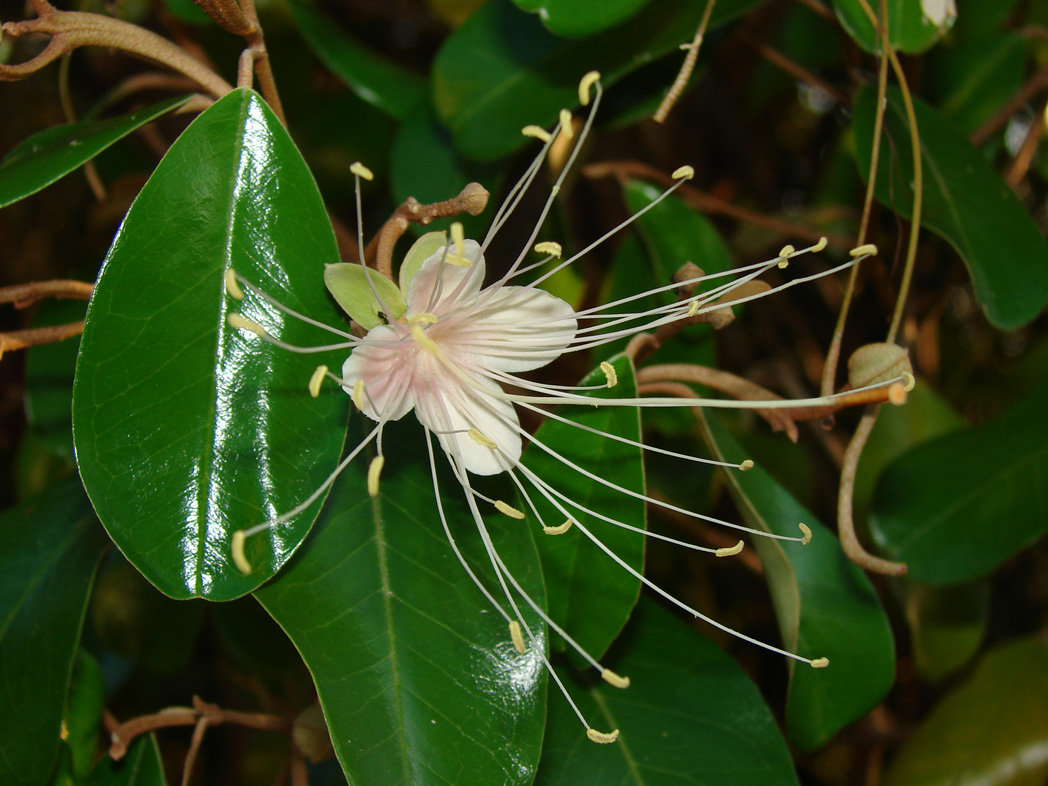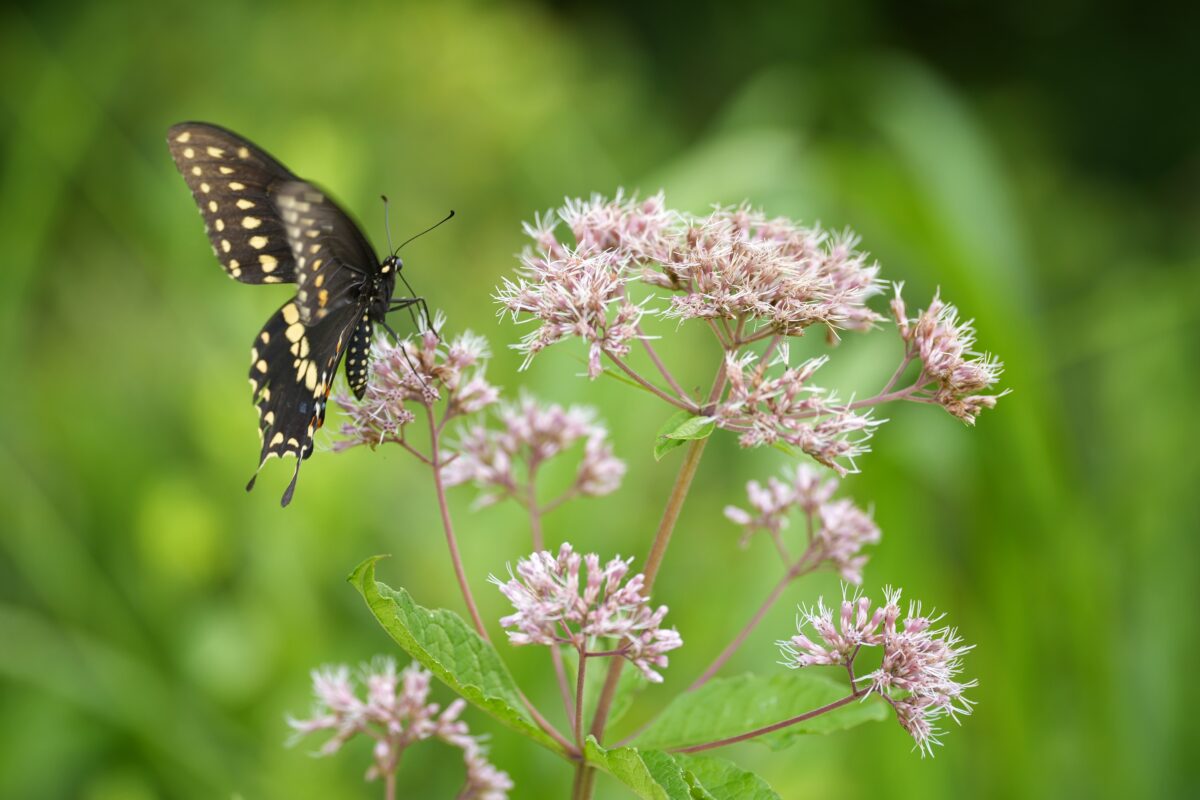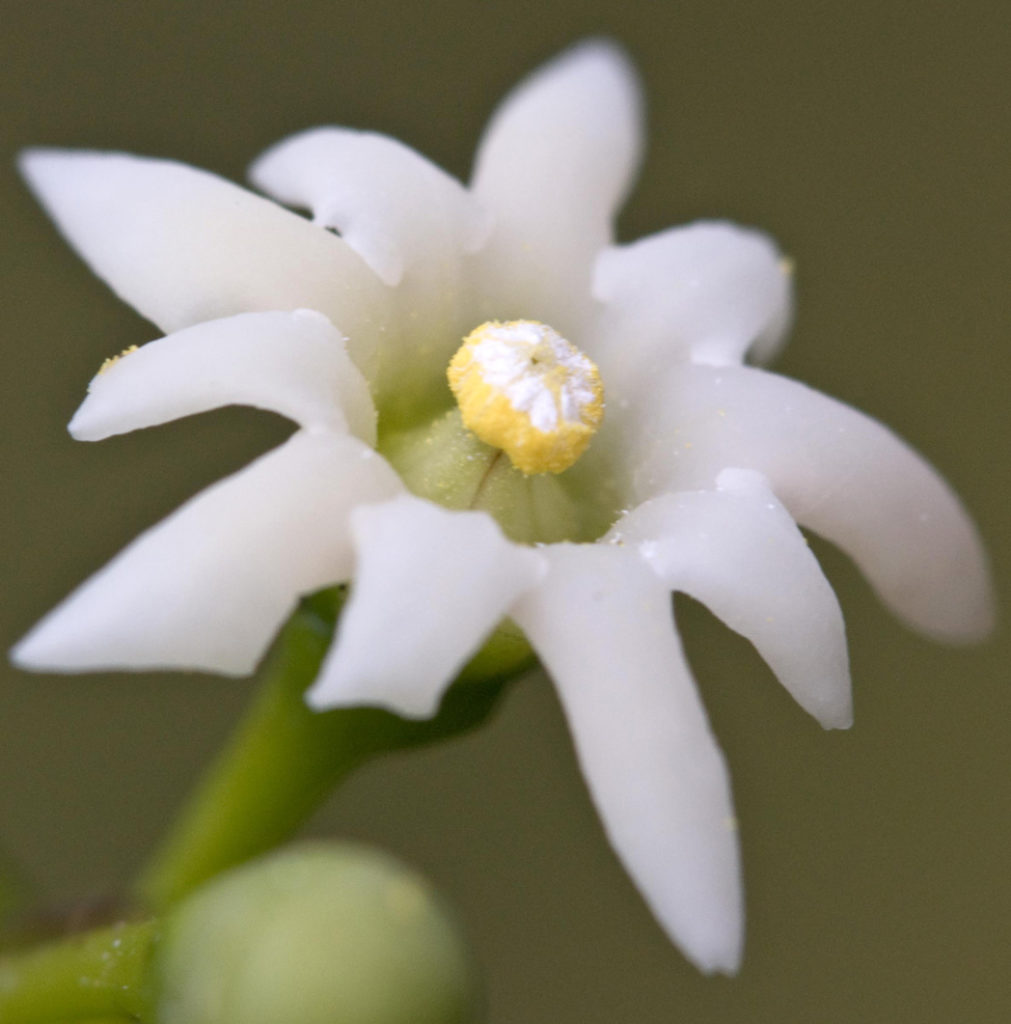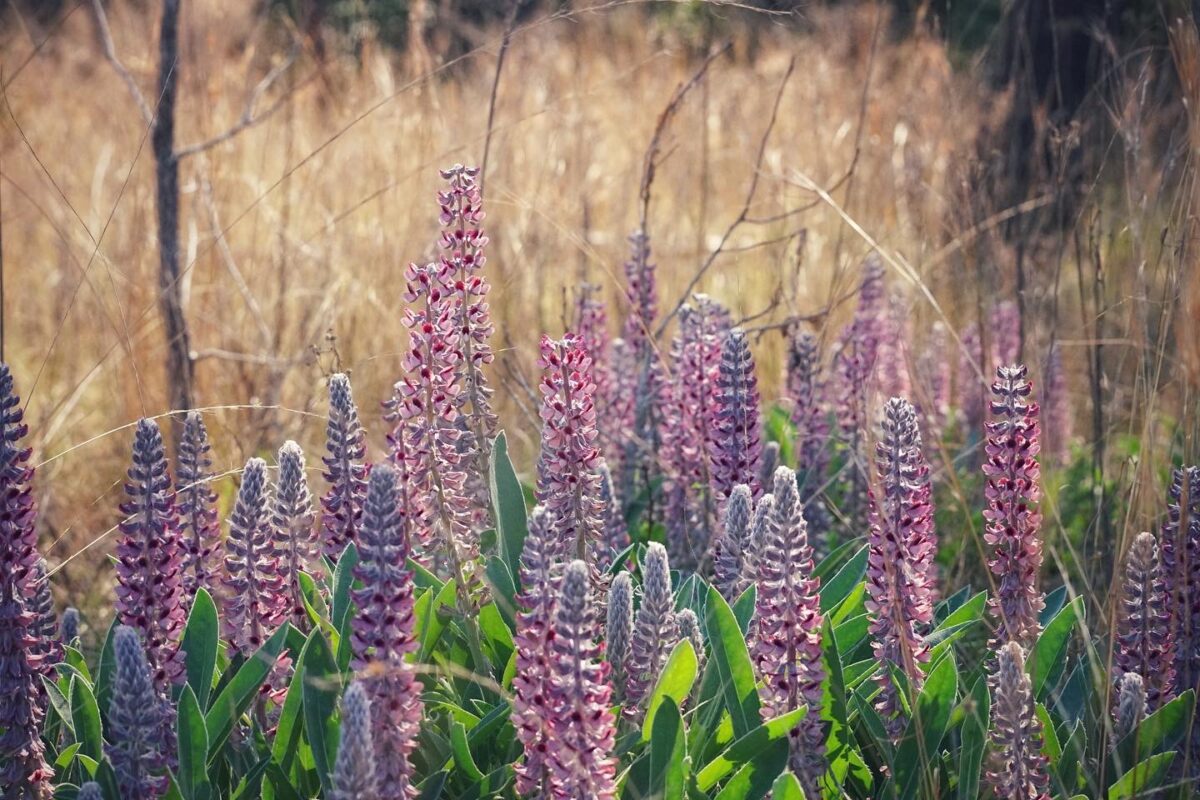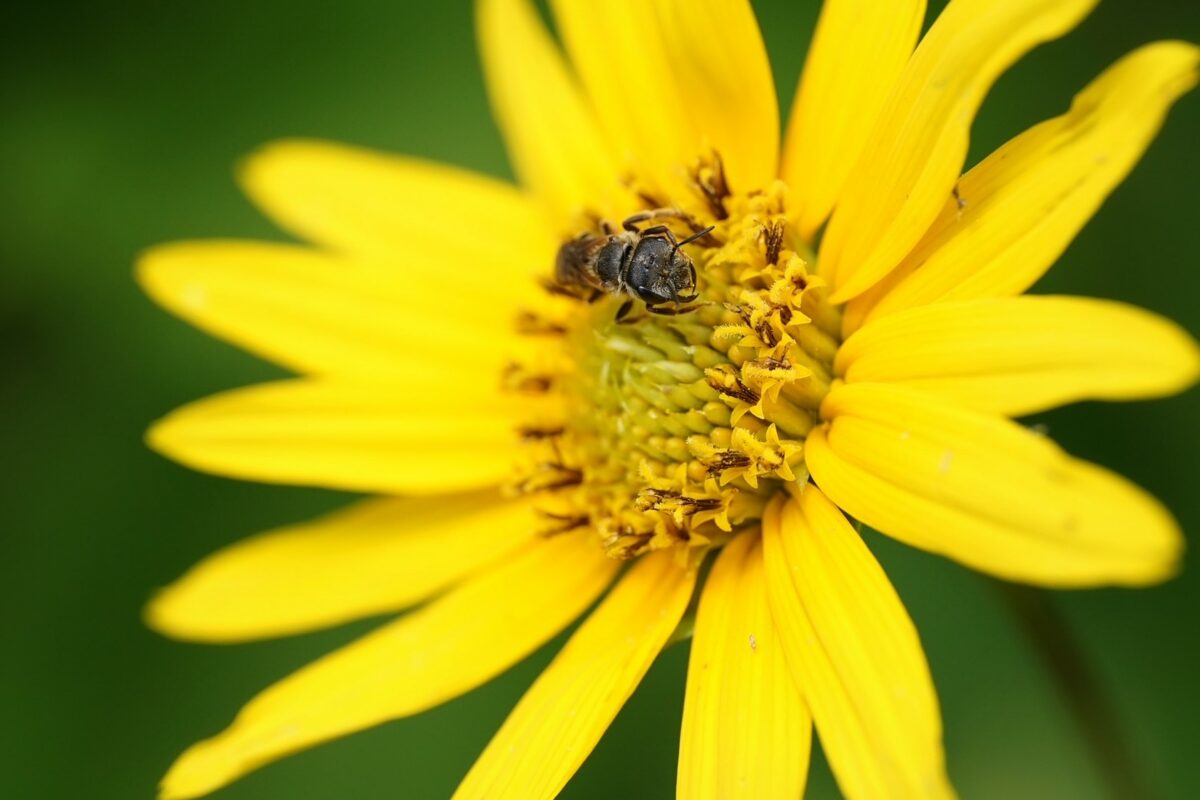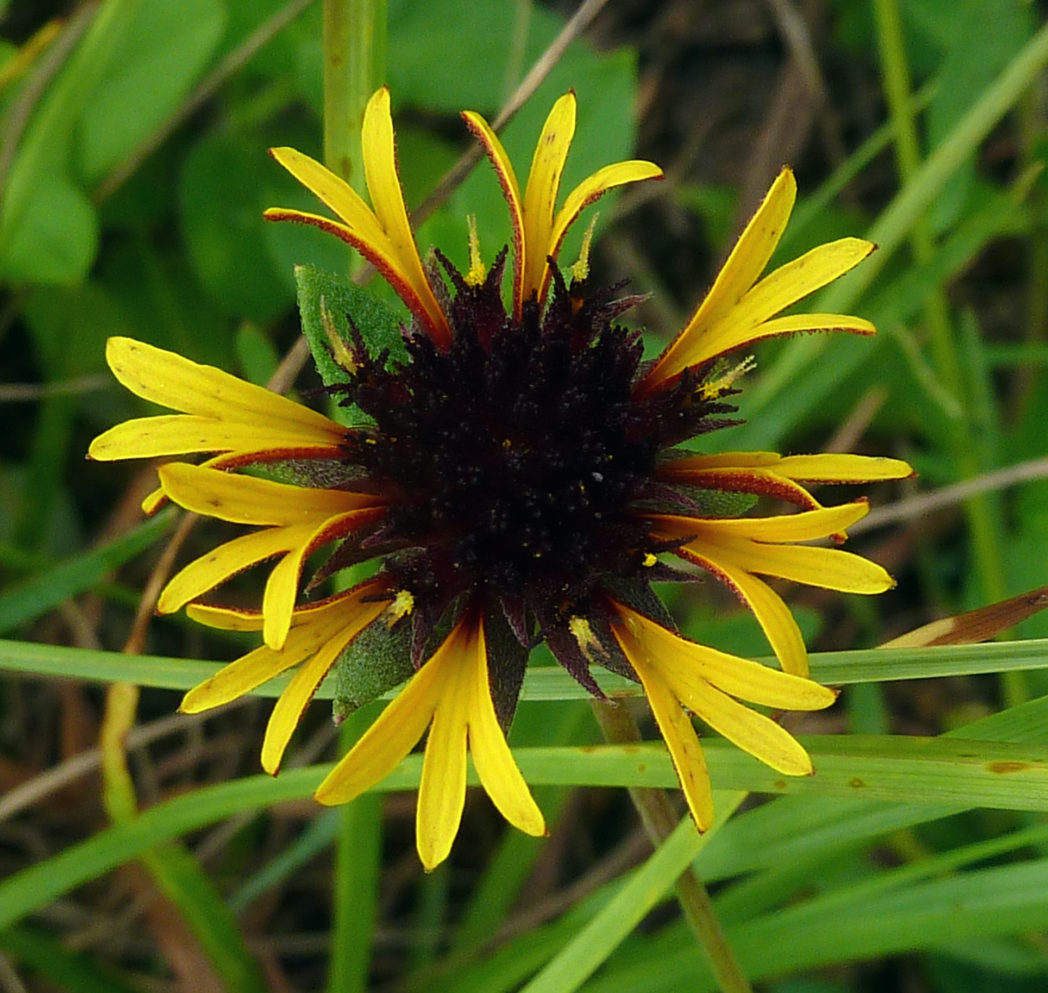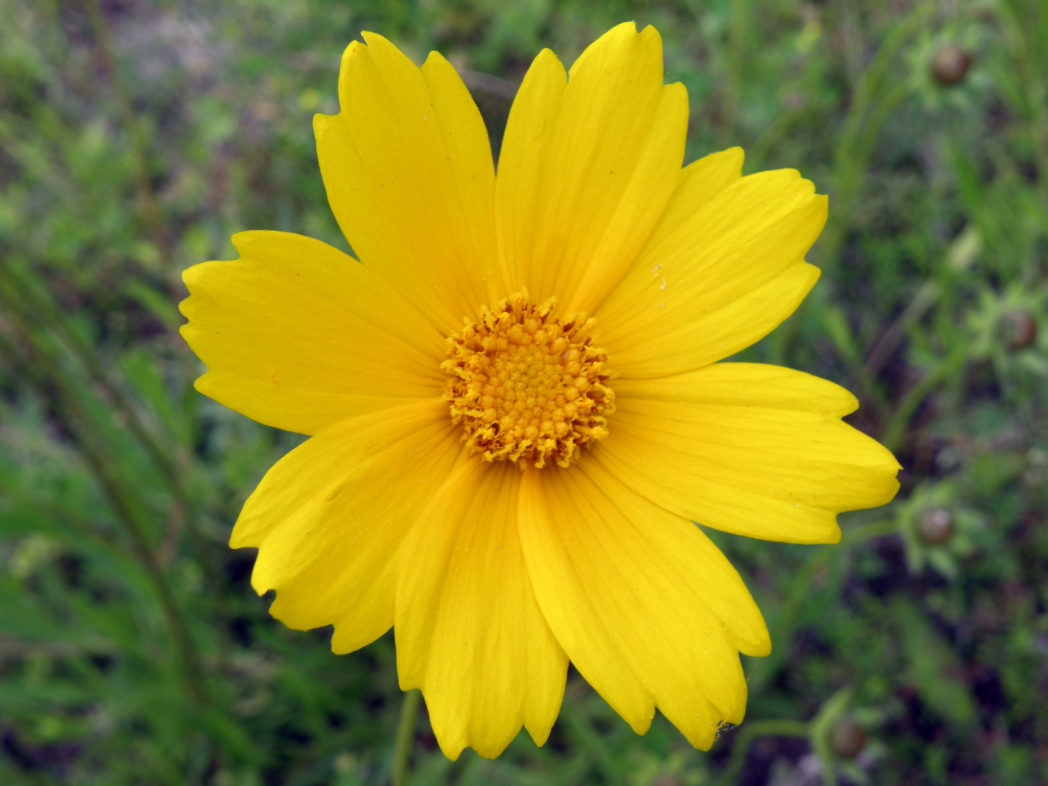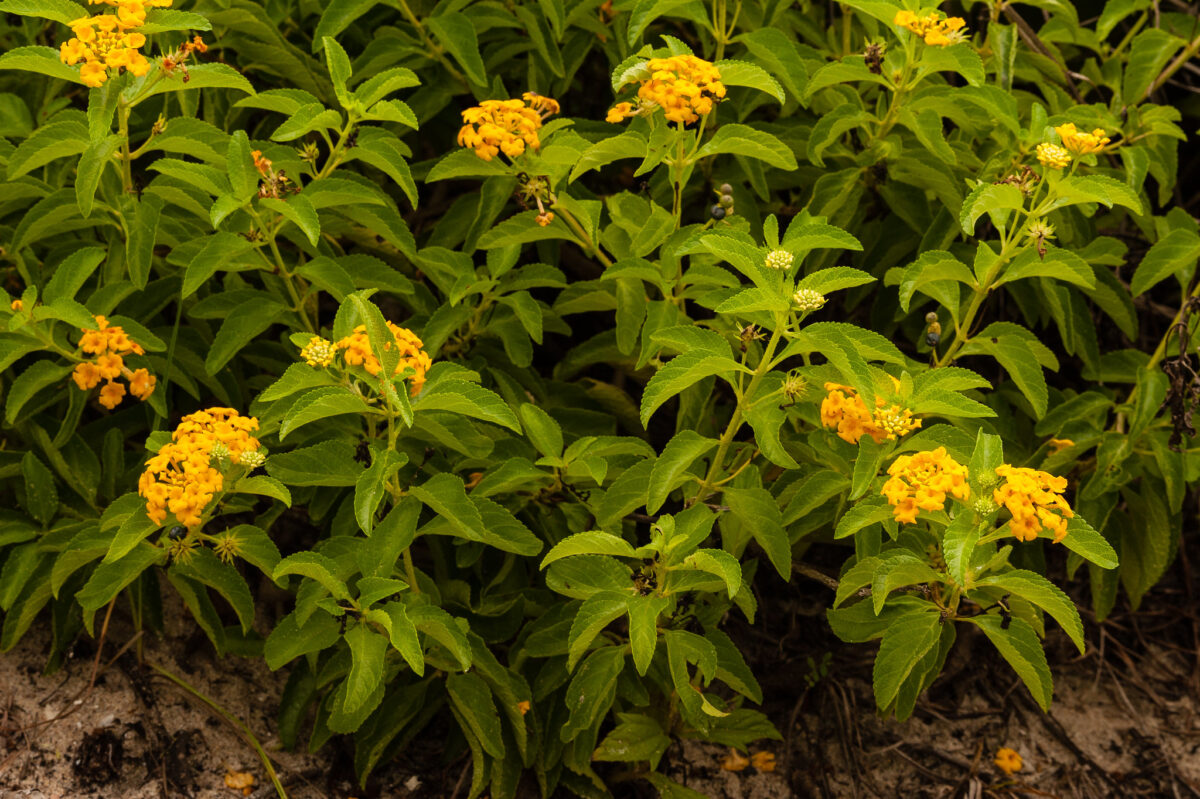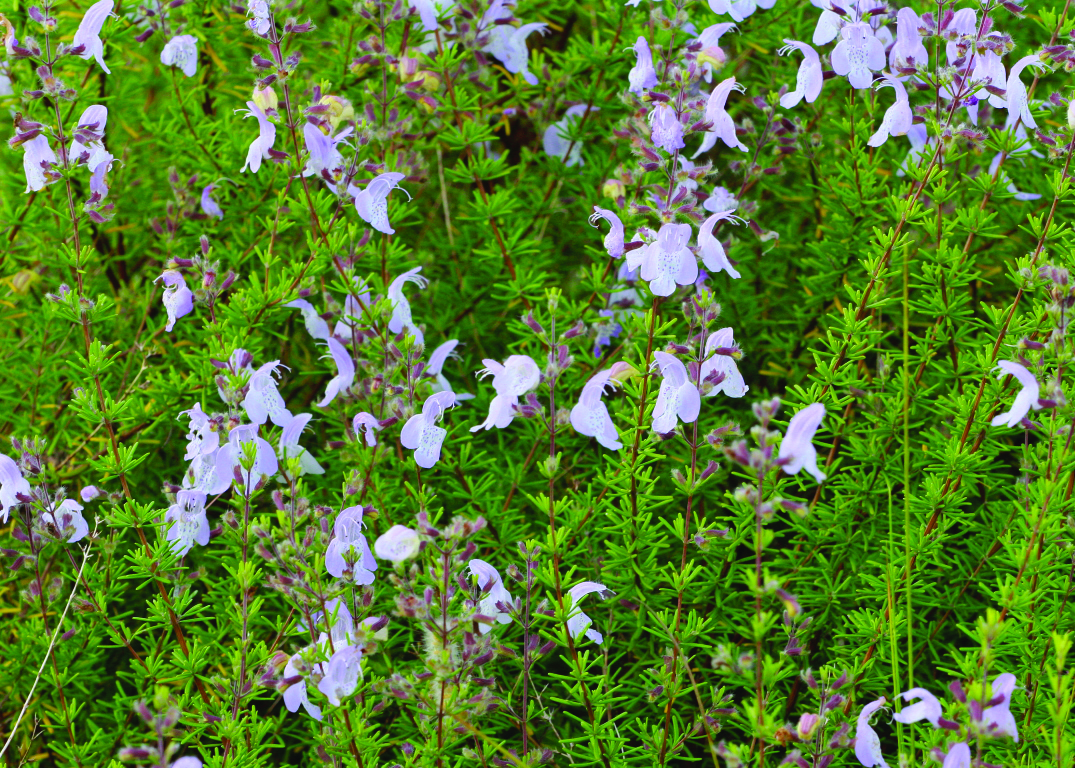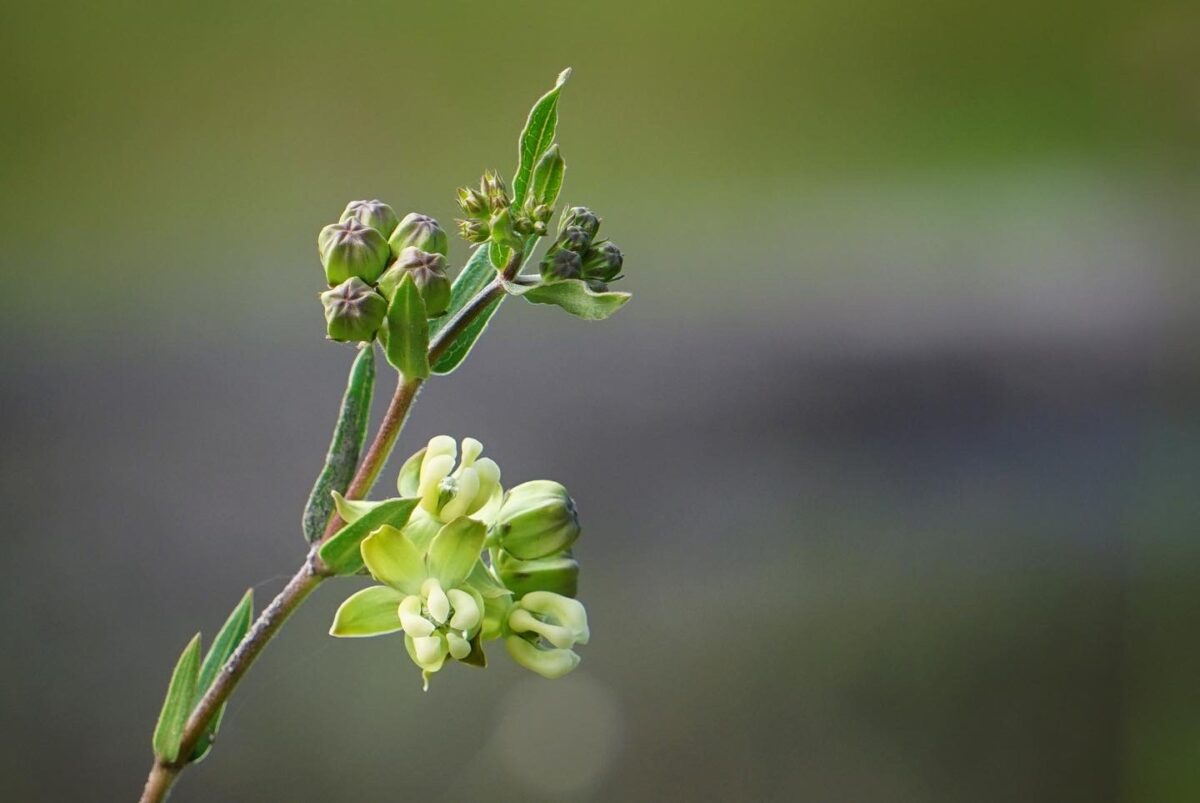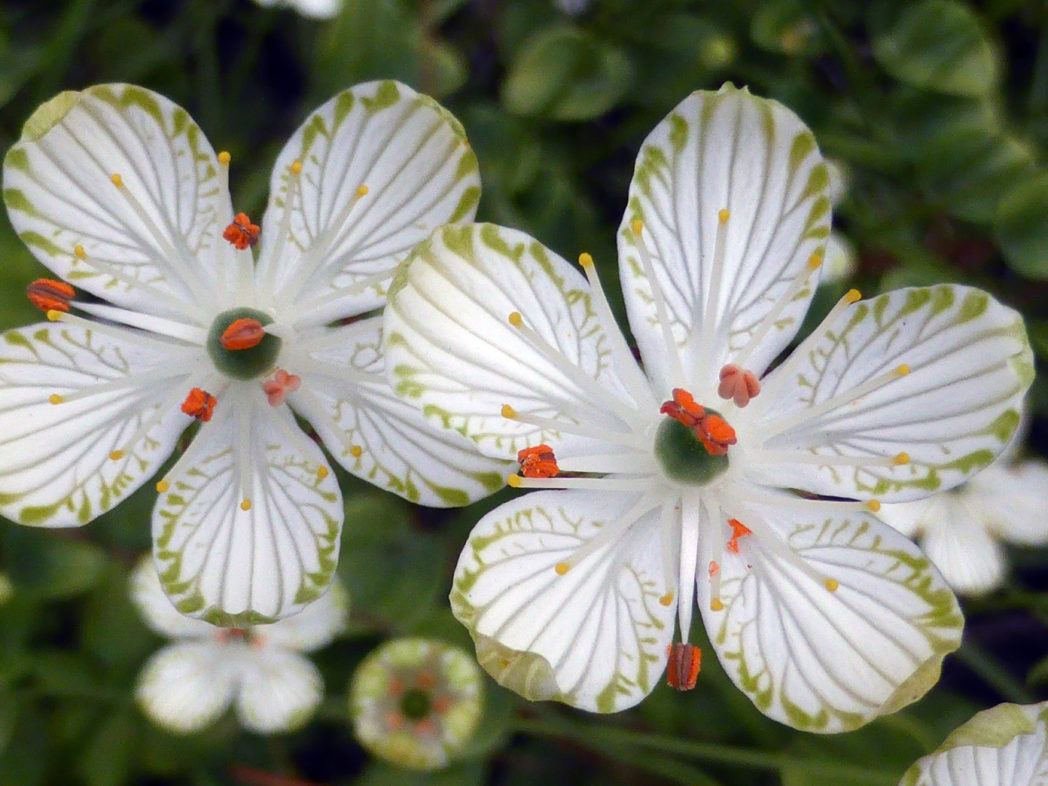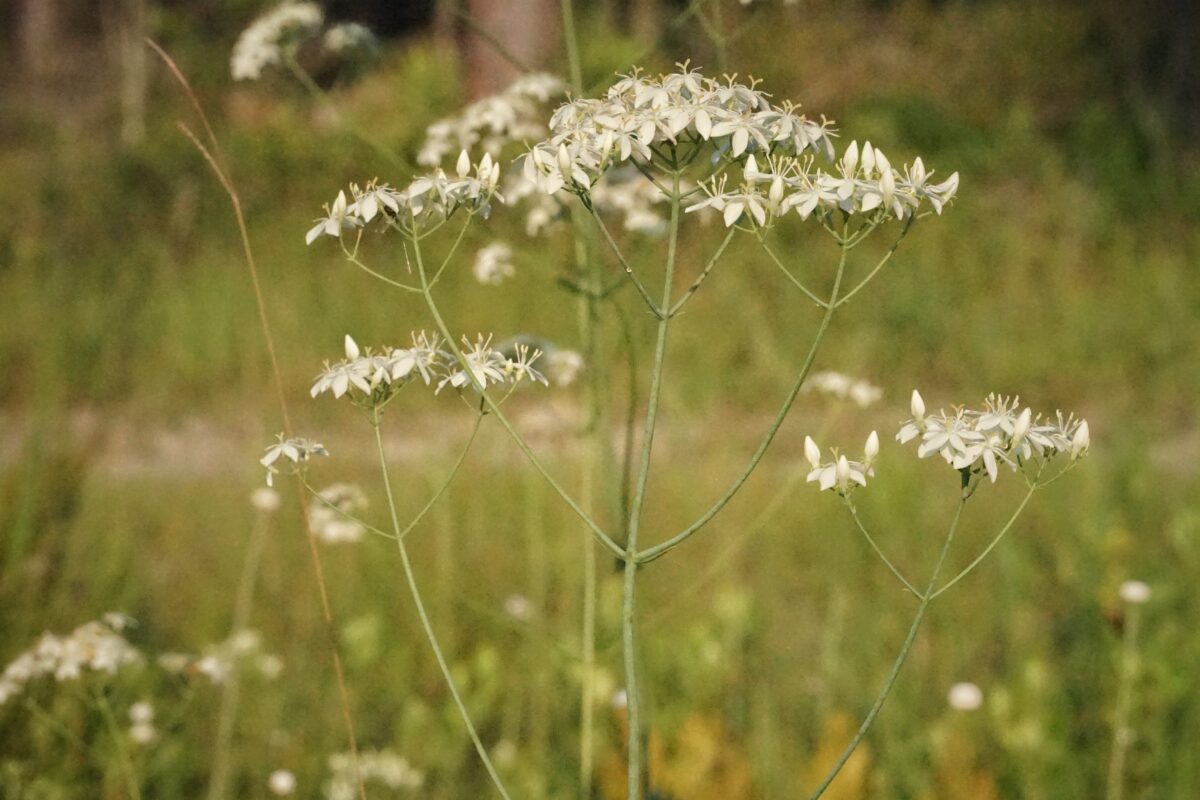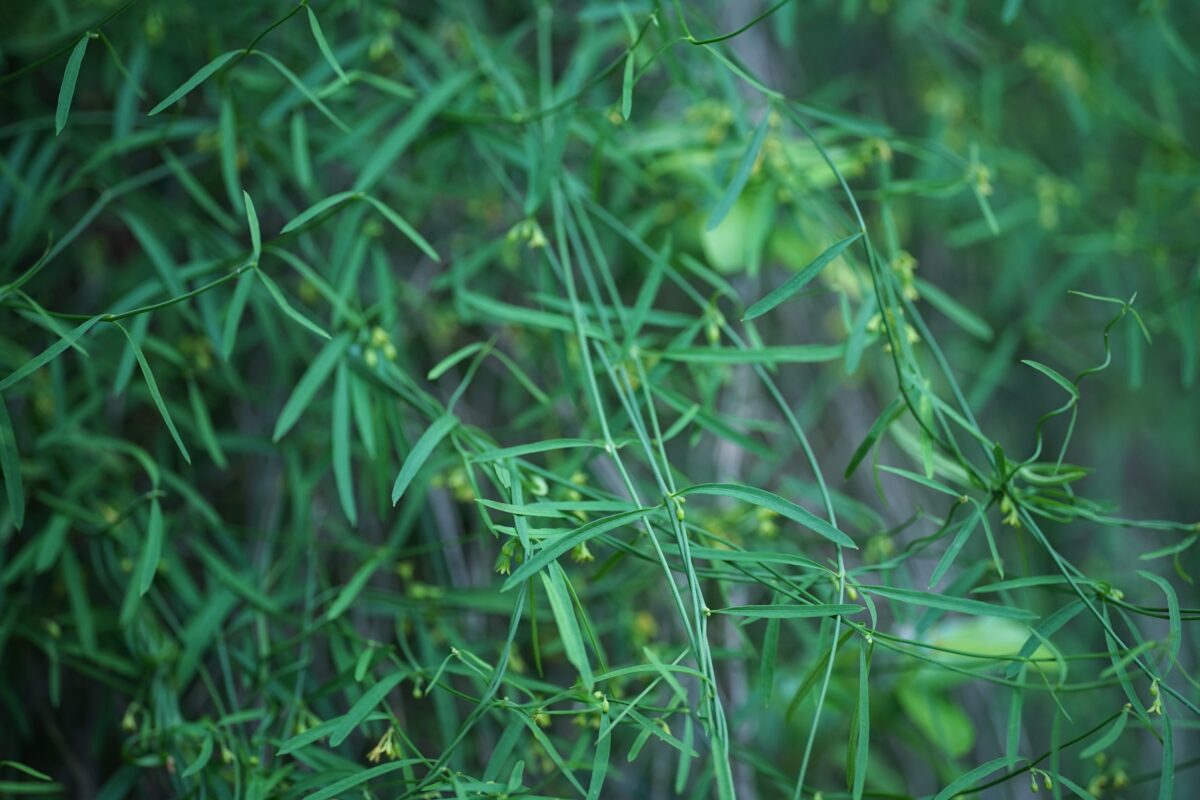Hairy shadow witch
The Hairy shadow witch (Ponthieva racemosa) is a stunning terrestrial orchid that blooms in late fall. It grows among the leaf litter of forest hammocks and swampy areas.
Hammock snakeroot
Hammock snakeroot ( Ageratina jucunda) is a low-growing shrub found in pine flatwoods, sandhills, hammocks, upland mixed woodlands, and along roadsides and stream banks throughout Florida’s peninsula and Eastern Panhandle.
Hartwrightia
Hartwrightia (Hartwrightia floridana) is an uncommon inconspicuous wildflower found in only 10 Florida and five Georgia counties. It is a state-listed threatened species in both states, where habitat loss and fire suppression imperil it. The plant occurs in seepage slopes, depressions, marsh edges and wet pine flatwoods and prairies. Its pastel flowers bloom in late summer and fall. Pollination has not been studied specifically in Hartwrightia, but it is presumed its flowers are pollinated by the same variety of insects that pollinate other Asteraceae species.
Helmet skullcap
Helmet skullcap (Scutellaria integrifolia) typically blooms in late spring and summer, attracting a wide range of bees, including leafcutter, cuckoo and bumble bees.
Herb-of-grace
Herb-of-grace (Bacopa monnieri) is a creeping, mat-forming perennial that occurs naturally in coastal hammocks and swales, salt marshes, freshwater marshes and swamps, and along river, stream and ditch edges.
Holywood lignumvitae
Holywood lignumvitae (Guaiacum sanctum) is a beautiful and fascinating tropical plant whose range is limited in the U.S. to the southern tip of Florida. It is a larval host for the Lyside sulphur butterfly and provides a nectar source for bees and other butterfly species. The seeds also attract and provide food for birds.
Hooded pitcherplant
The carnivorous Hooded pitcherplant (Sarracenia minor) grows in small to large dense clumps and brightens wet flatwoods, savannahs and bogs with its sunny yellow flowers.
Indianpipe
Indianpipe ( Monotropa uniflora) is an interesting and inconspicuous wildflower. Unlike most plants, it is non-photosynthetic and does not contain chlorophyll. It occurs naturally in mixed temperate hardwood forests and scrub.
Inkwood
Inkwood (Exothea paniculata) occurs naturally in coastal hammocks, rocklands and shell mounds in coastal Central and South Florida. It is an excellent ornamental option for residential and commercial landscapes. Its dense, evergreen foliage is attractive year-round and offers cover for birds and other wildlife. Its fragrant flowers bloom late winter into summer, peaking in spring. They attract a variety of pollinators. The abundant fruit (produced on female trees) provides a tasty treat for birds in late spring and summer.
Innocence
Although often overlooked, the diminutive white flowers and verdurous leaves of Innocence (Houstonia procumbens) are a welcome sight for anyone with the winter blues.
Jack-in-the-pulpit
Some of our most unique and unusual wildflowers grow in the shade of floodplain and deciduous forests, including the intriguing Jack-in-the-pulpit.
Jamaican caper
Jamaican caper (Quadrella jamaicensis) is an excellent accent plant for both formal and naturalistic landscapes in Central to South Florida. It provides year-round interest with its dark shimmery foliage, beautiful spring blooms, and striking open seed pods.
Joe Pye weed
Joe Pye weed (Eutrochium fistulosum) is a robust summer-blooming wildflower that attracts a wide variety of pollinators and is a favorite of butterflies. The seeds are consumed by small birds.
Joewood
Joewood (Jacquinia keyensis) is an evergreen shrub found in coastal hammocks, strands and scrub in South Florida. It blooms year-round, peaking in summer and fall. The fragrant flowers are rich in nectar and attract a variety of pollinators, especially bees. Birds and other small wildlife savor the fruit and find cover in the plant’s dense foliage. Although common in its natural habitat, Joewood is a state-listed threatened species.
Lady lupine
Lady lupine (Lupinus villosus) is a stunning spring bloomer endemic to the Southeastern Coastal Plain. It thrives in the deep, well-drained sandy soils of sandhill habitats.
Lakeside sunflower
Lakeside sunflower (Helianthus carnosus) is a perennial wildflower endemic to northeast Florida that inhabits open sunny edges of lakes and marshes. The bright yellow flowers attract a variety of pollinators and the seeds are eaten by birds.
Lanceleaf blanketflower
Lanceleaf blanketflower (Gaillardia aestivalis) is a short-lived perennial wildflower with compound, solitary blooms. It typically blooms in summer through early fall and attracts a variety of pollinators.
Lanceleaf tickseed
Lanceleaf tickseed (Coreopsis lanceolata ) has conspicuously sunny flowers that typically bloom in spring. It attracts butterflies and other pollinators, and its seeds are eaten by birds and small wildlife.
Lantana
Lantana depressa is an endemic and state-endangered wildflower that occurs in pine rockland and coastal upland habitats. Butterflies and moths are thought to be its primary pollinators.
Largeflower false rosemary
Largeflower false rosemary (Conradina grandiflora) is an endemic and state-threatened wildflower that occurs naturally in scrub habitats along the east coast of Central and South Florida.
Largeflower milkweed
Largeflower milkweed (Asclepias connivens ) is a perennial wildflower found throughout much of Florida. Its conspicuous flowers appear in late spring through summer in moist pine flatwoods, savannahs and bogs.
Largeleaf grass-of-Parnassus
Largeleaf grass-of-Parnassus (Parnassia grandifolia ) is a rare and wonderful wildflower. Every part of it is distinctively striking. It blooms only in fall, and is a state-listed endangered species.
Largeleaf rosegentian
Largeleaf rosegentian (Sabatia macrophylla) is a strikingly white wildflower that occurs in wetland savannas, wet pinelands and even roadside ditches in Florida’s Panhandle and northeast corner.
Leafless swallowwort
Leafless swallowwort is a strange little flowering vine that occurs along the edges of upland to coastal hammocks and floodplain to pineland forests. It is the sole larval host for the Giant milkweed bug (Sephina gundlachi).

